Top 10 Composite Decking FAQs
As more homeowners expand their outdoor living spaces with backyard decks, many are opting for composite decking. This newer alternative to wooden or vinyl decks requires little maintenance and comes in a number of style and color options. As you make your decking decisions, check out these answers to the top 10 questions you may have about composite decking:
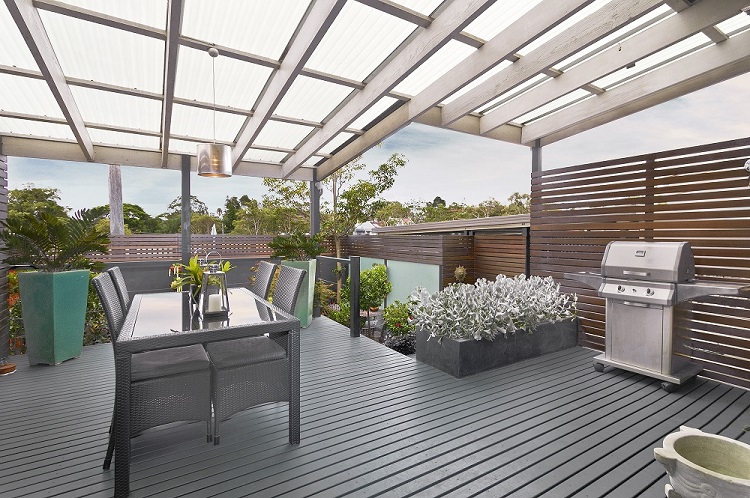
Composite decking will help you create an inviting and functional outdoor space. (Pravol Composite Decking – Urban Gray Solid Deck Board)
1. What’s composite decking made of?
Made from a combination of plastic and wood fibers, composite decking is manufactured to look like real wood decking. The components of composite decking often come from recycled materials. There aren’t any preservative chemicals used during manufacturing, and you get to skip the splinters that come from traditional wooden decks.
2. How long does composite decking last?
Composite decking is known for its long life. Since the plastic protects the wood fibers from the elements, composite decking isn’t prone to rotting, decay, or termite damage. It also won’t fade or wear down from constant exposure to the sun and cold temperatures. Composite decking often comes with warranties ranging from 10-25 years that guarantee it won’t rot or suffer structural damage under normal residential conditions.
3. What colors and styles are available?
Composite decking comes in wide variety of colors, textures, and wood grain looks, so homeowners can find the right product for just about any decking project. Choose from natural looking wood colors like teak and walnut, or go with a stained gray or silver look. Grooved and smooth boards are also available, as are a variety of reversible options that feature a simple brushed texture on one side and a realistic wood grain texture on the other.
4. What’s the difference between hollow and solid core boards?
Solid boards look more like lumber, and as the name states, are solid all the way through. Hollow boards look slightly more man-made and feature ribbed centers. Both board options provide a strong and quality deck you can count on.
5. What’s the difference between grooved and ungrooved boards?
Grooved and ungrooved boards have different edges, which impacts installation. Grooved boards feature a notch or channel down the edges and are installed with hidden deck fasteners instead of visible nails. Ungrooved boards have solid edges and are installed with nails drilled into the top of the board.
6. Does composite decking require maintenance?
Composite decks require minimal maintenance. Regularly clear off any debris like leaves, dirt, and dust. Give your deck a more thorough clean at least twice a year using just a brush, hose, and mild household cleaner. Don’t use power washers, as they can damage composite decks. Unlike wooden decks, composite decking doesn’t require staining, waterproofing, or sealing.
7. Can I paint or stain composite decking?
Experts don’t recommend painting or staining composite decking, since the material is impregnated with a dye that will last as long as your deck does. If you do opt to paint or stain your composite deck, it will require regular upkeep, similar to the maintenance required for wooden decks.
8. What span length can I do with composite decking?
For perpendicular applications, the span should be 12 to 16 inches between joists. Experts recommend spans of 16 inches for a strong and solid deck. If you install at a 45-degree angle, a maximum of 12 inches on center will give the best result.
9. Do I need special equipment or tools to install composite decking?
You don’t need special tools to install composite decking, but you do need standard woodworking tools for cutting and building. Since composite decking materials cut just like wood, you can use a circular saw or a miter saw for installation. This type of decking also accepts nails and screws like real wood.
10. How much does composite decking expand and contract?
Composite decking does expand and contract as temperatures rise and fall, and the exact amount depends on the difference between the temperature during installation and your local area’s maximum temperature. In general, allow 3/16 inch to 1/4-inch gaps between boards to allow for expansion and contraction as well as to let dirt and water flow away naturally.
What other composite decking questions do you have? Let us know in the comments.
Browse our selection of low-maintenance Composite Decking here.

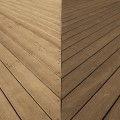
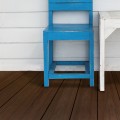
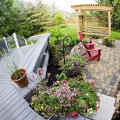
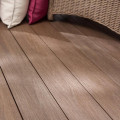
Luz Lopez
Hello: I just bought NONGROOVED, non hollow, composite at Home Depot in south Florida, to replace my wood deck. I would like to know how dangerous, or safe it is to put screws on top to secure the decking. Is there an alternative way to secure them?
I will really appreciate your suggestions.
Jacob jones
I’m curious to what your guarantee is for your product
BuildDirect Product Expert Team
Hi Jacob,
Thank you for getting in touch! We have different warranties based on what product you are looking at. If you had a specific product you wanted to check you are more than welcome to give us a call at 41-877-631-2845 and we can go through the warranty with you as well as any other questions you may have!